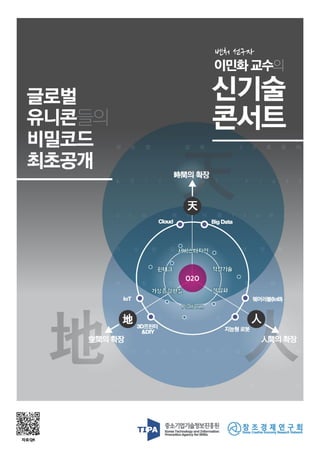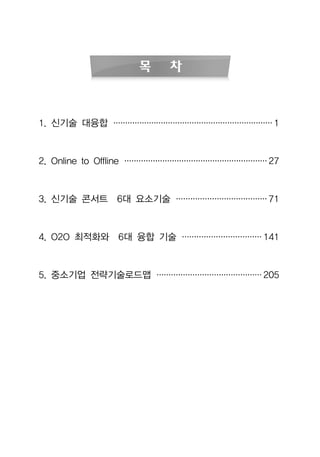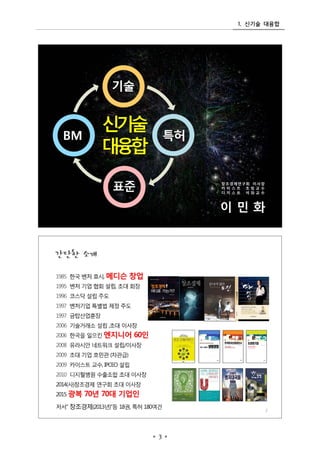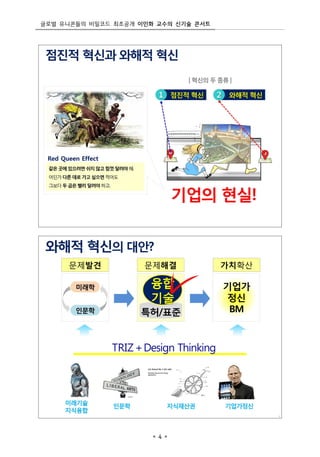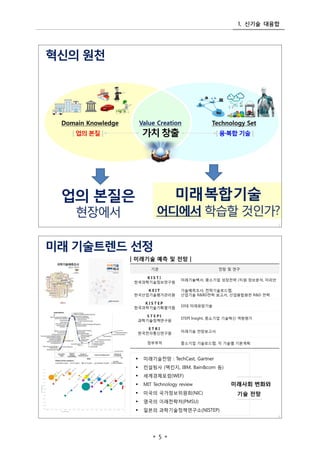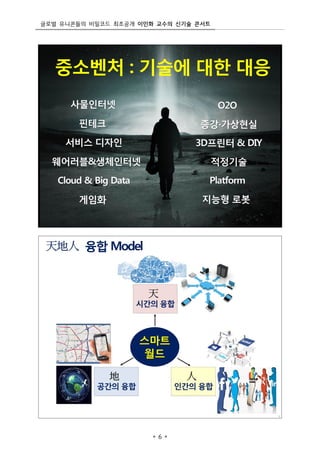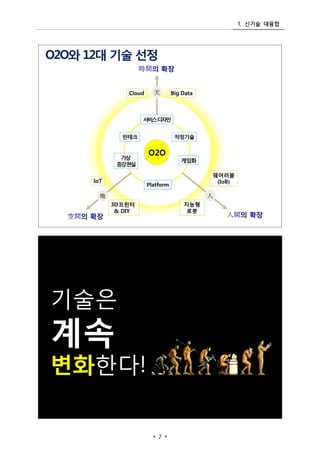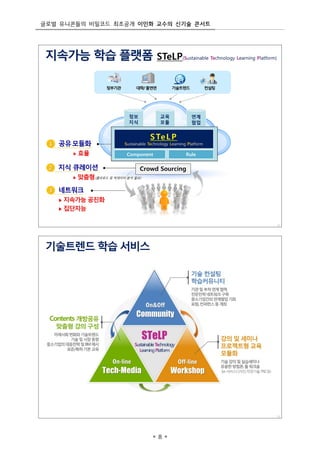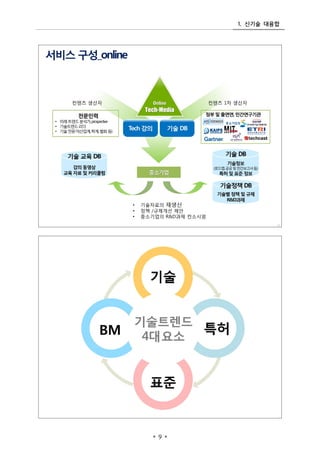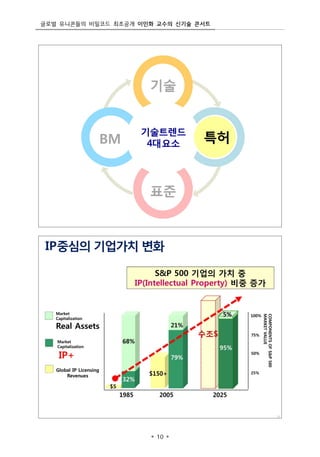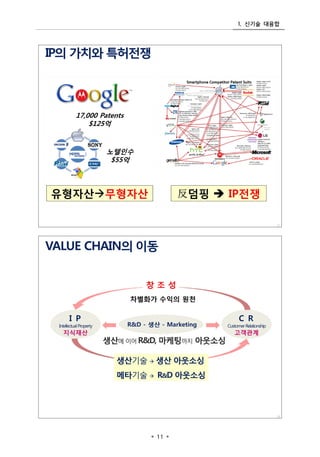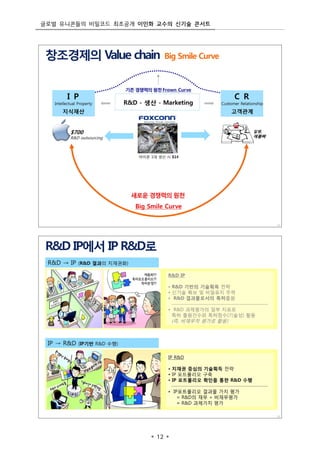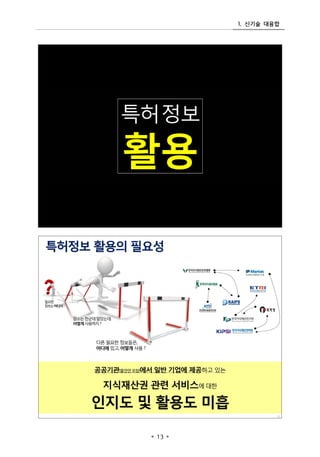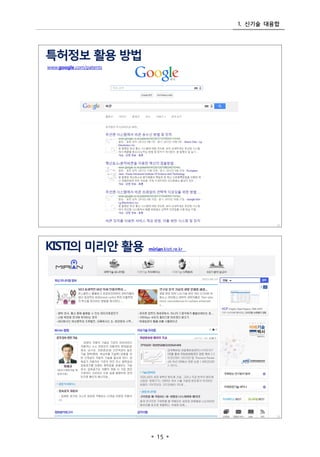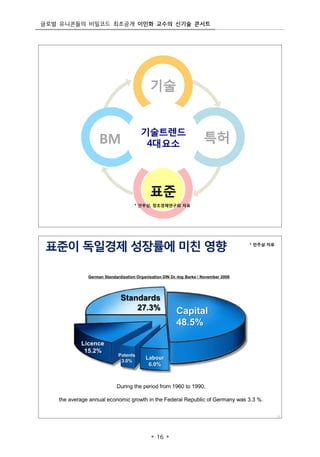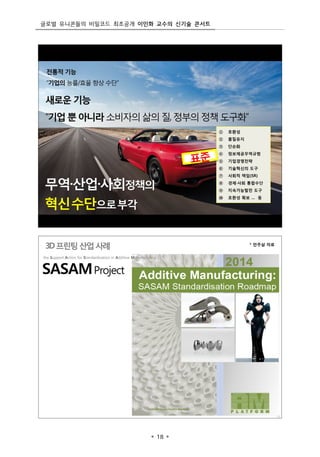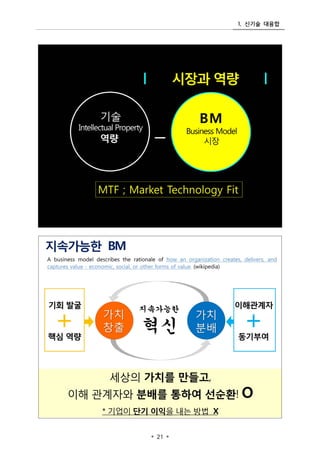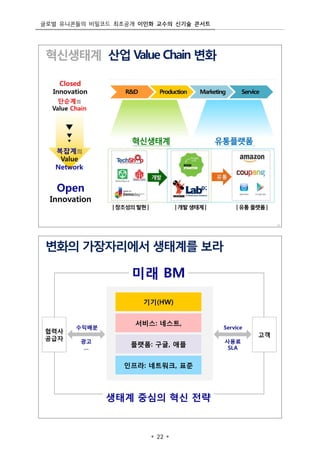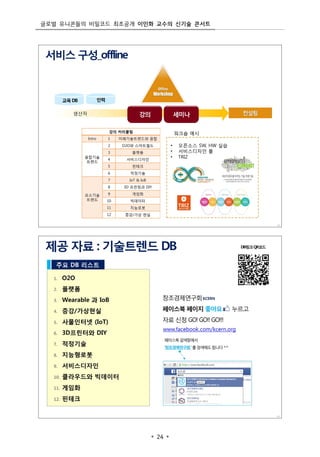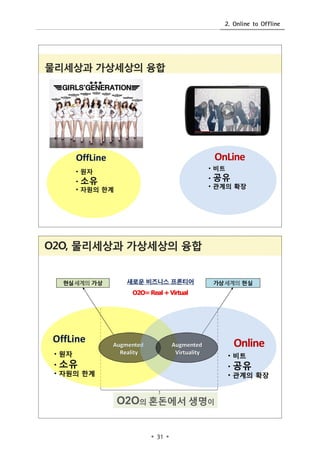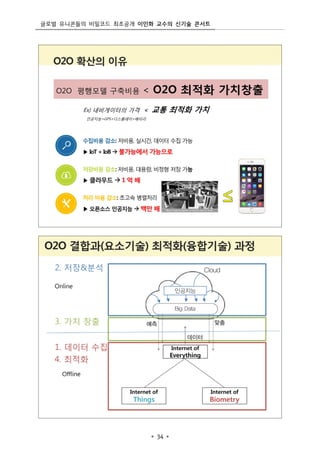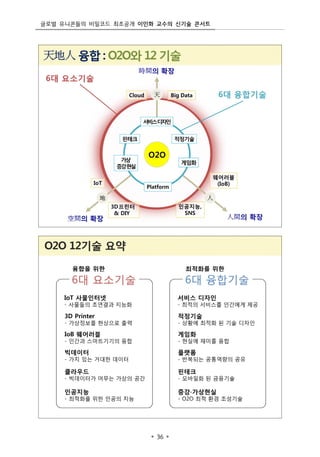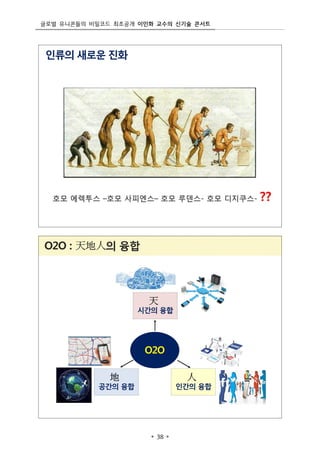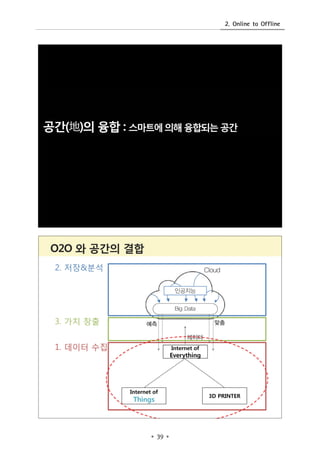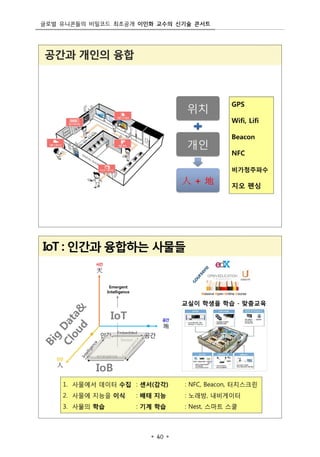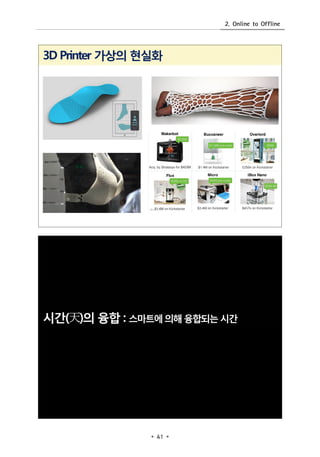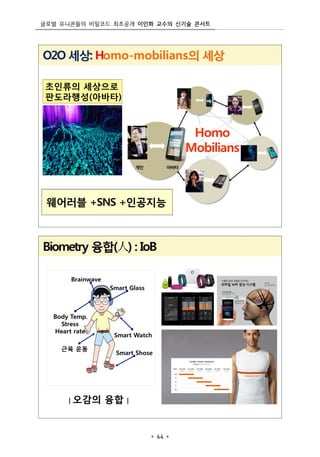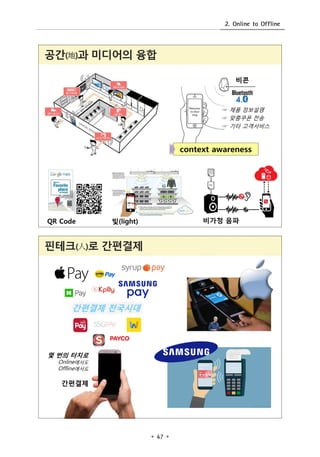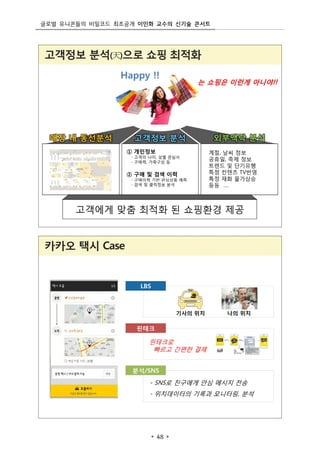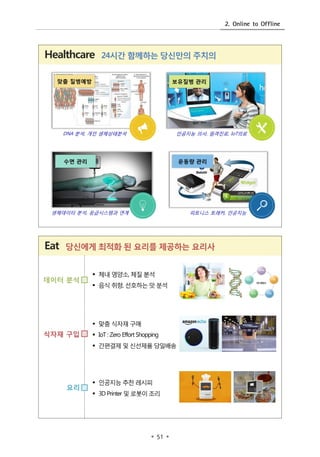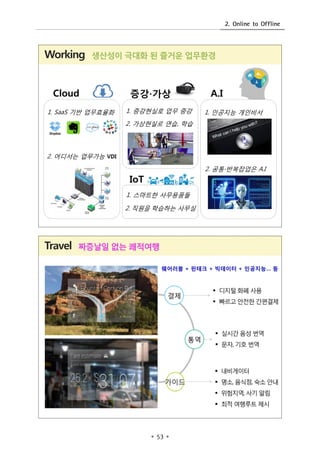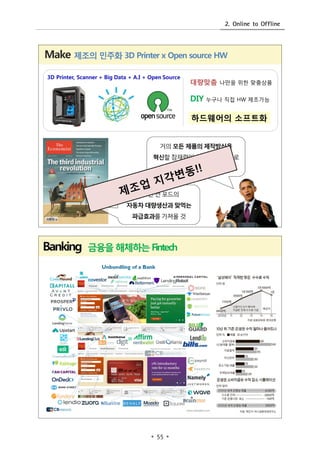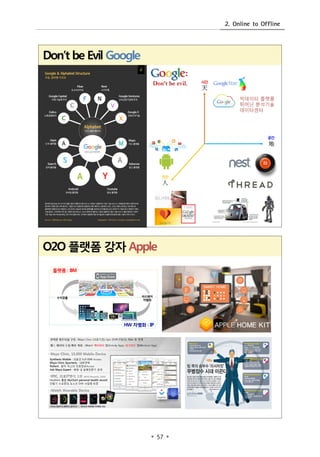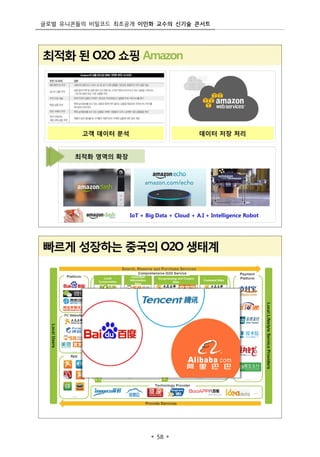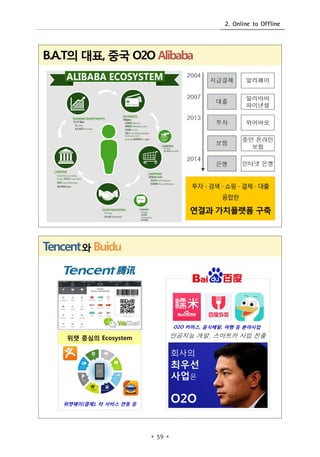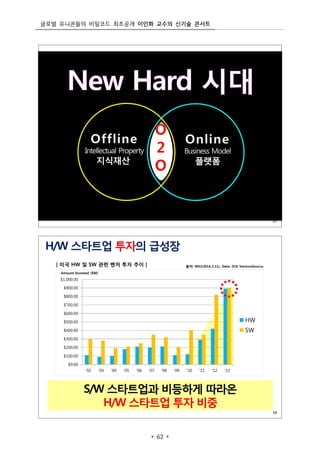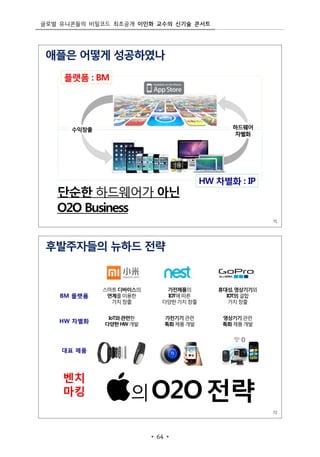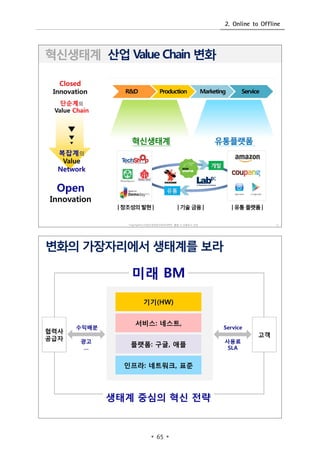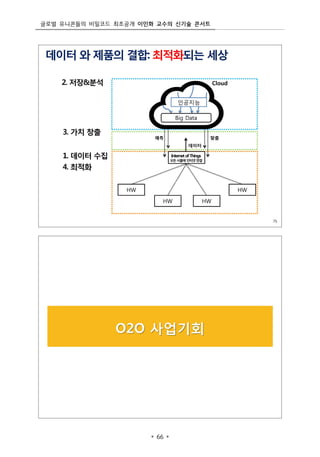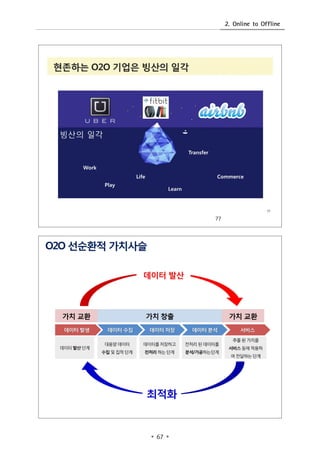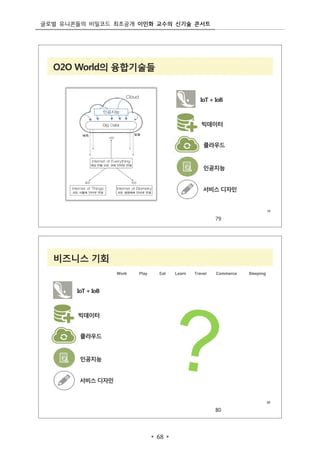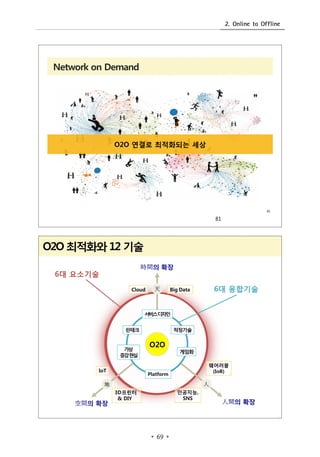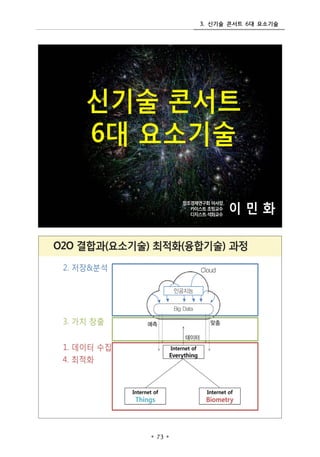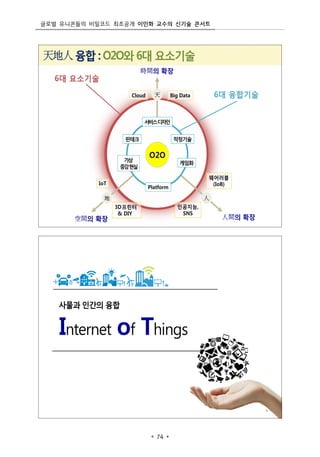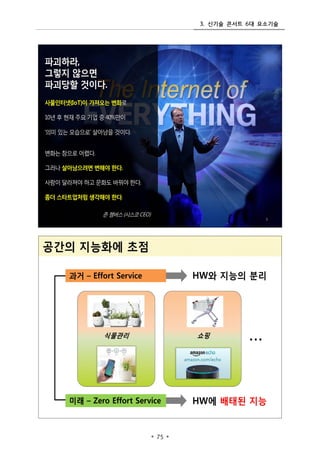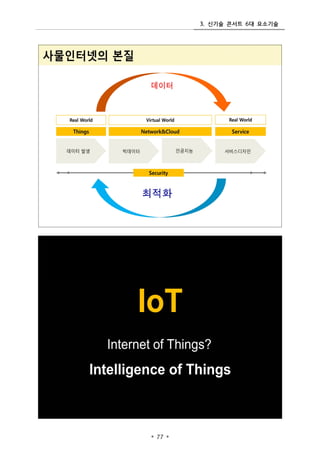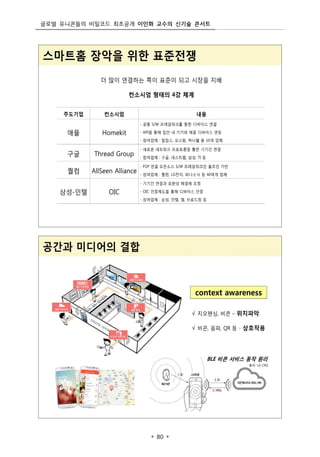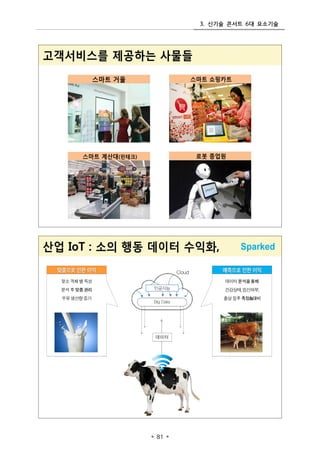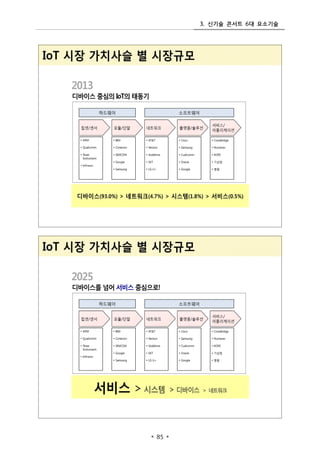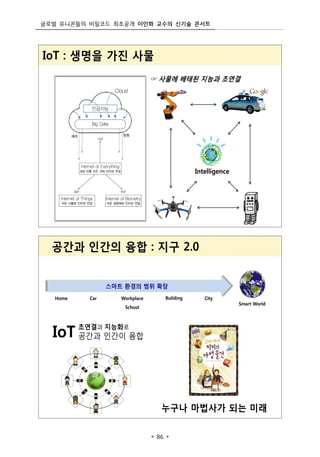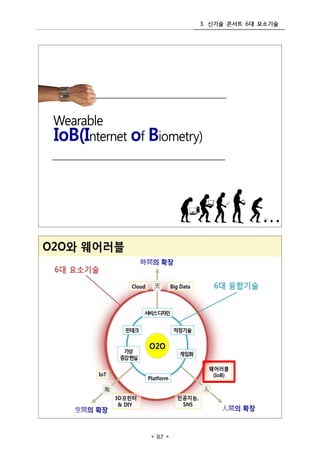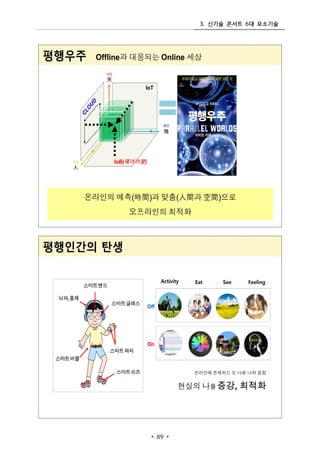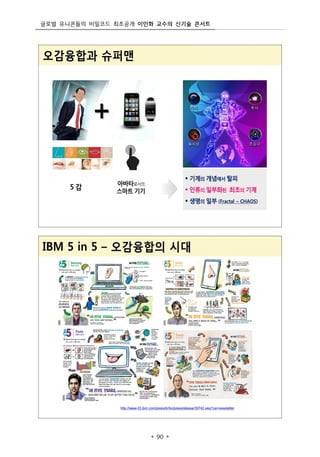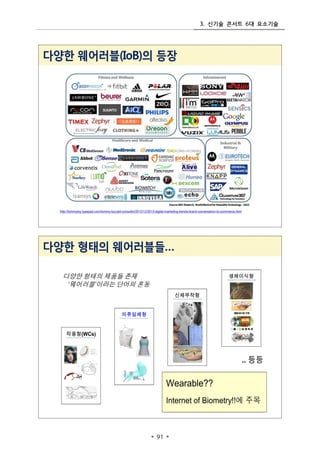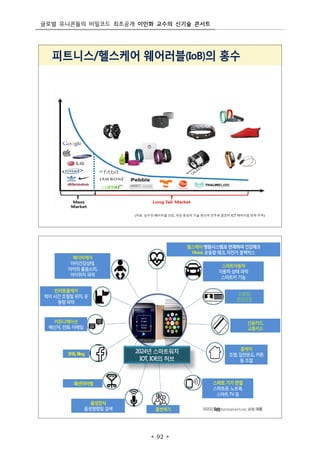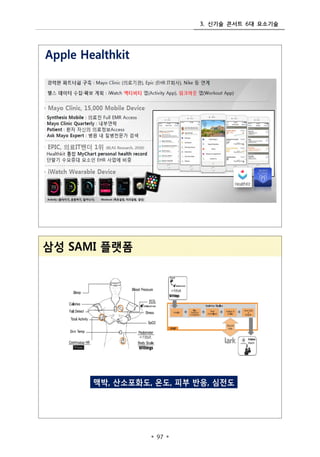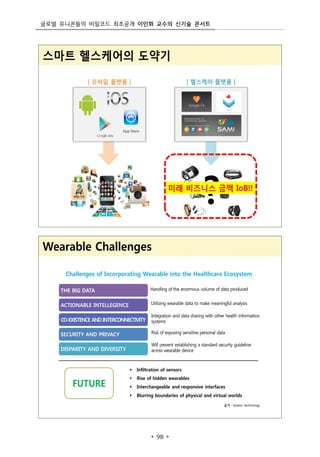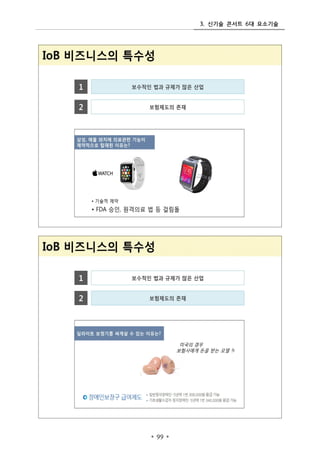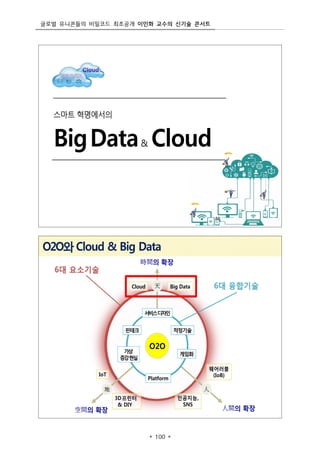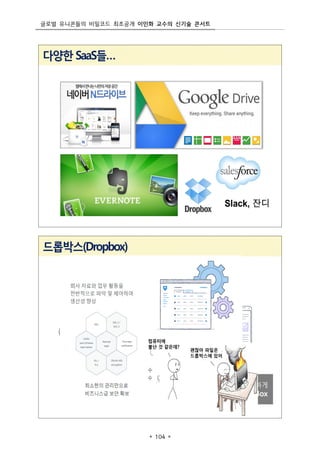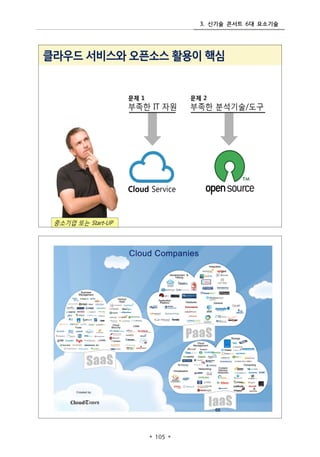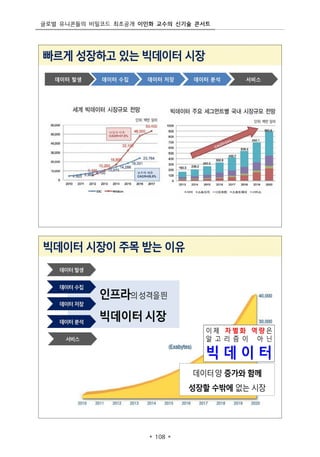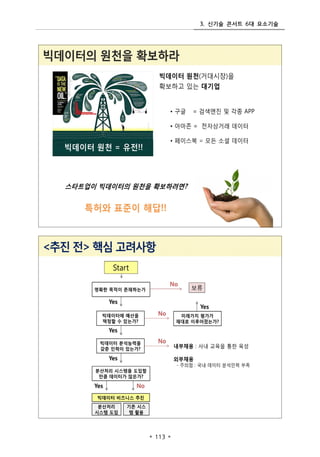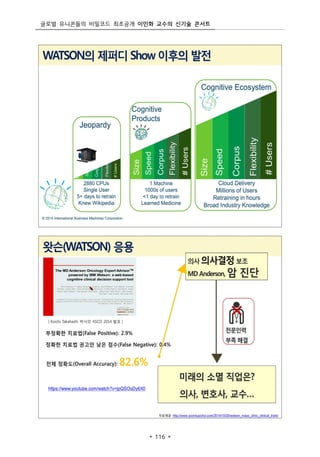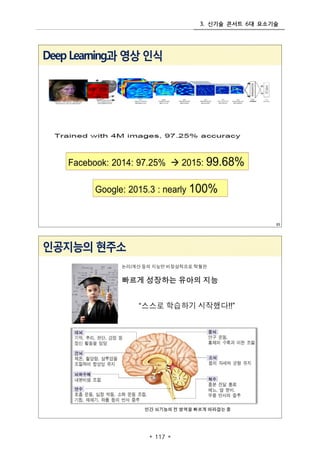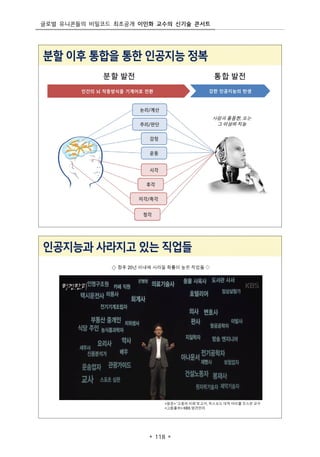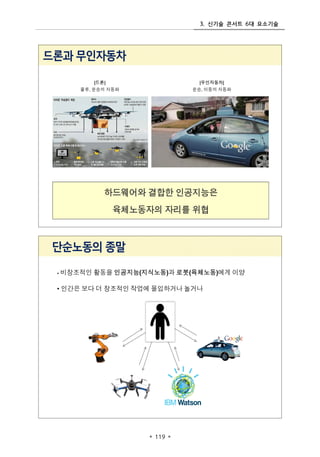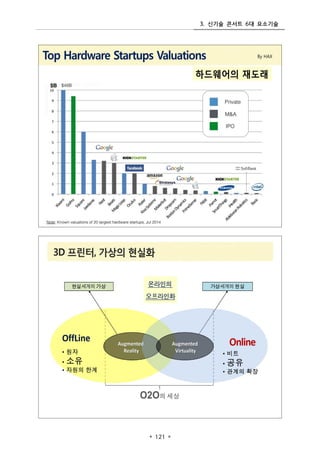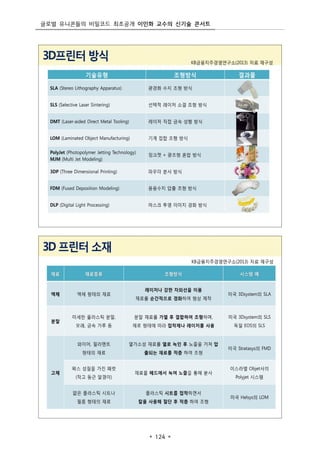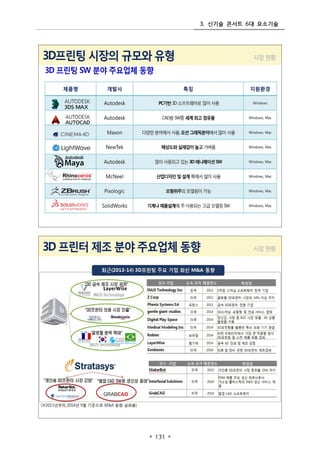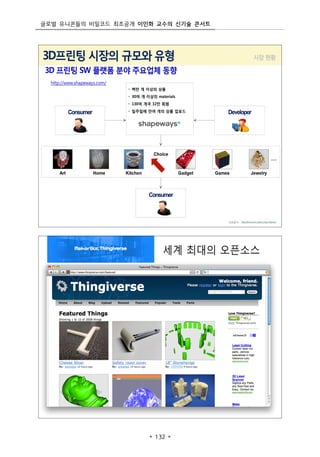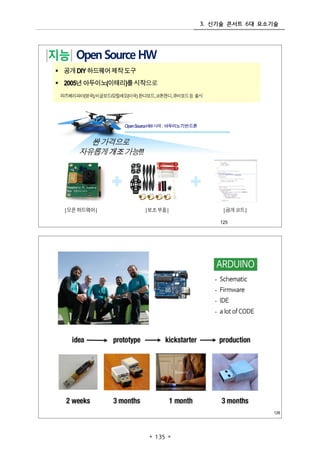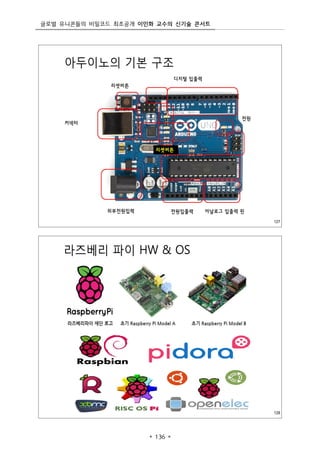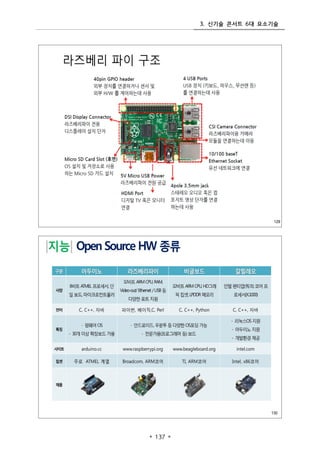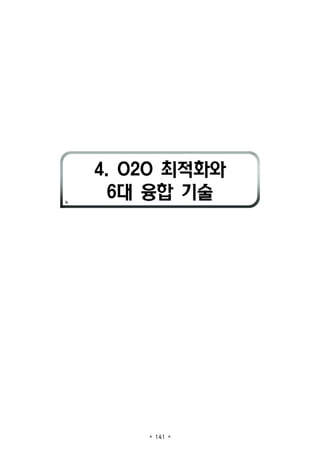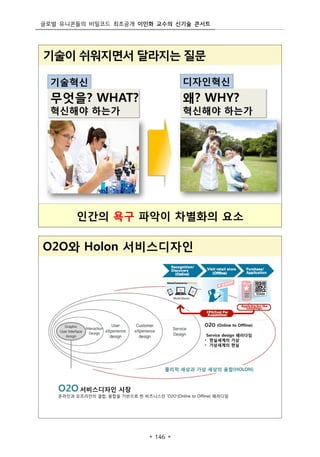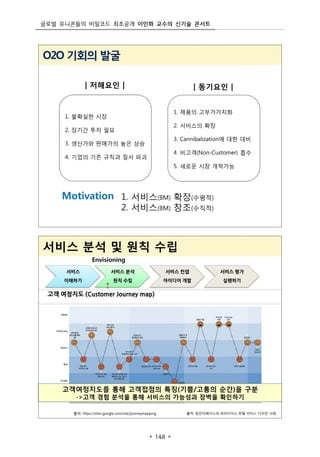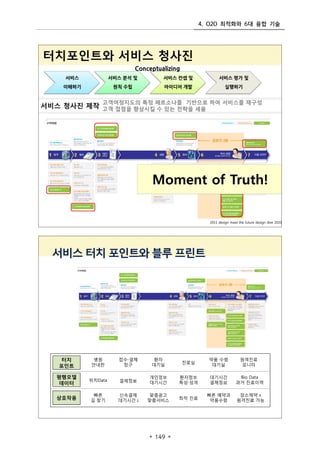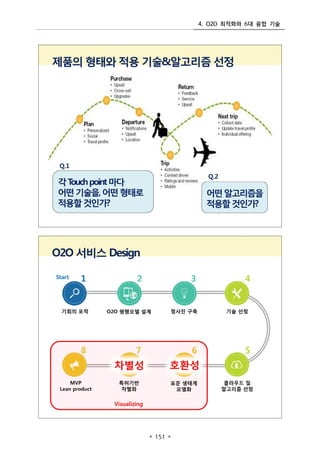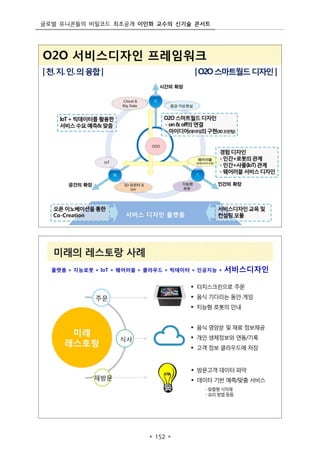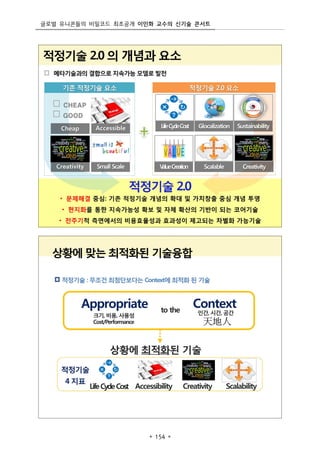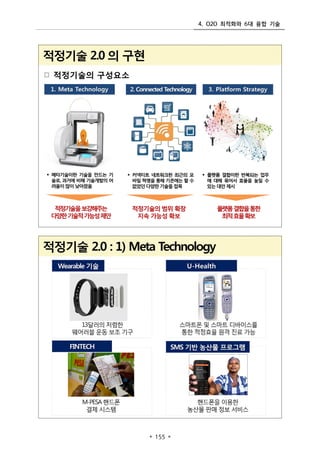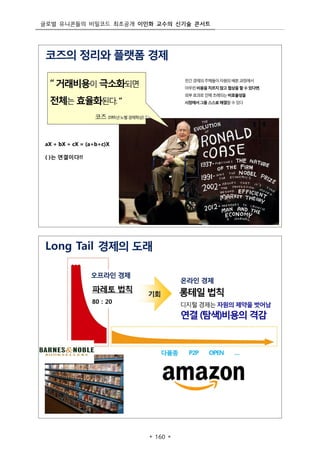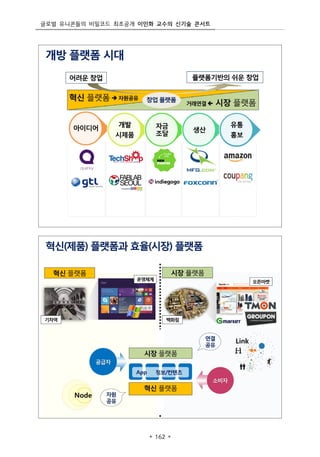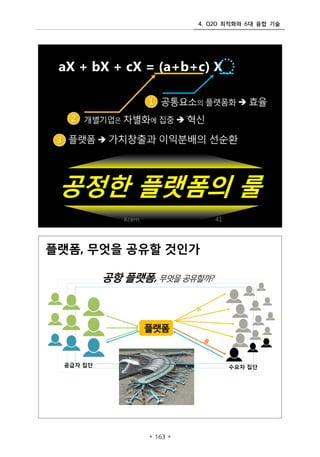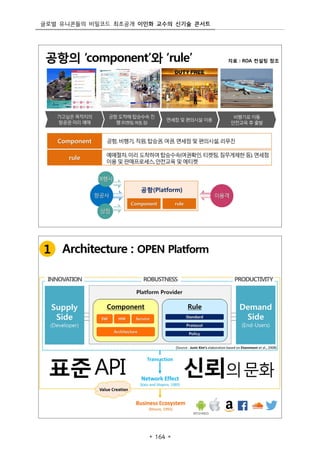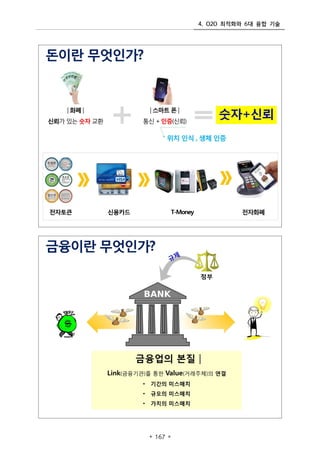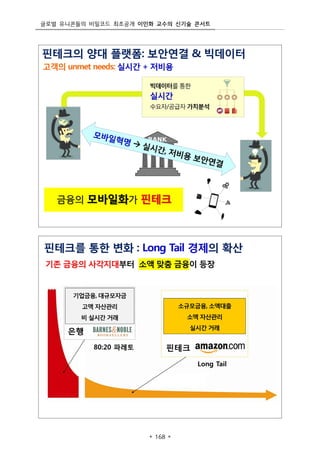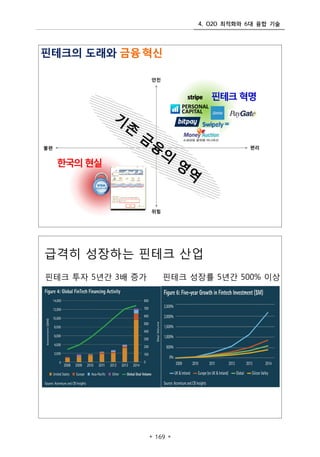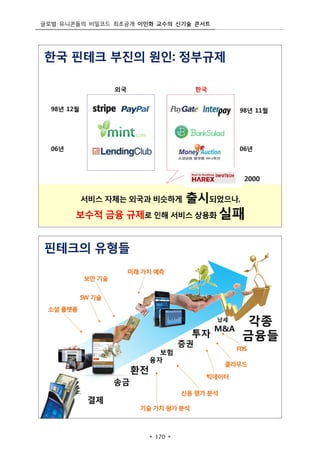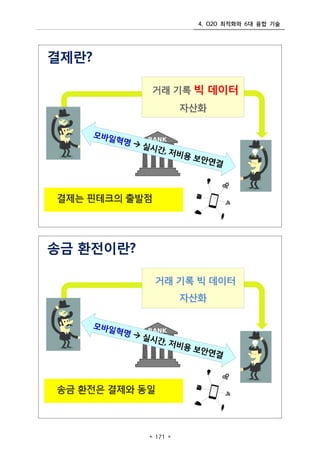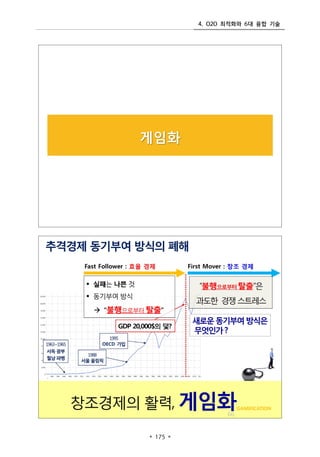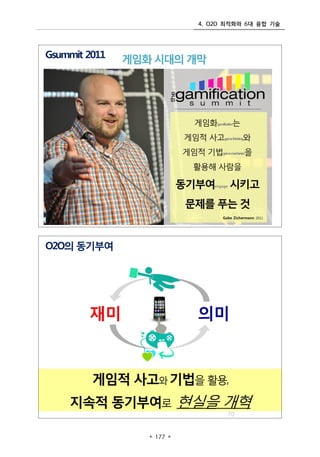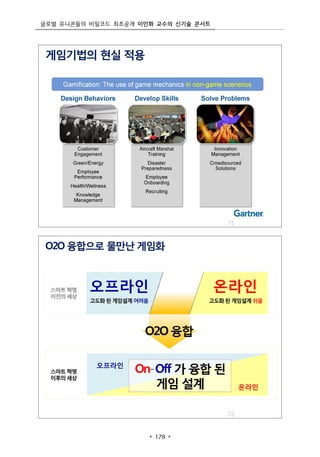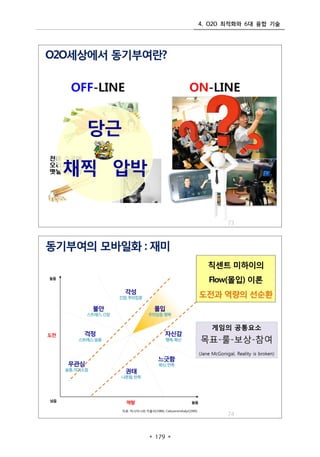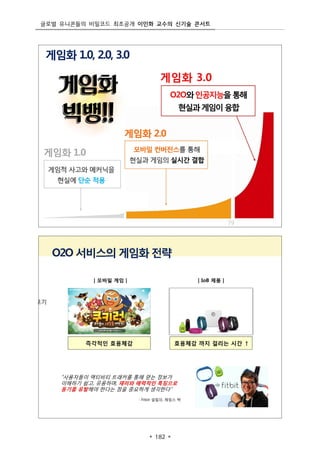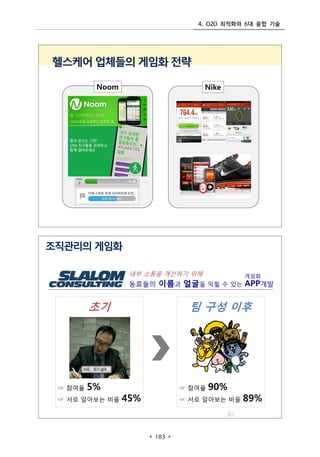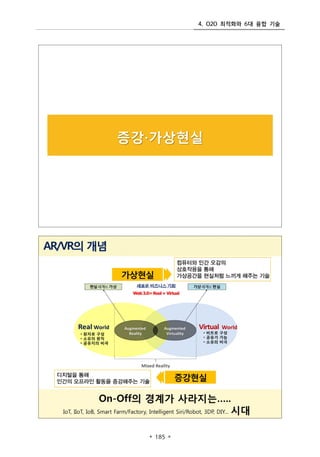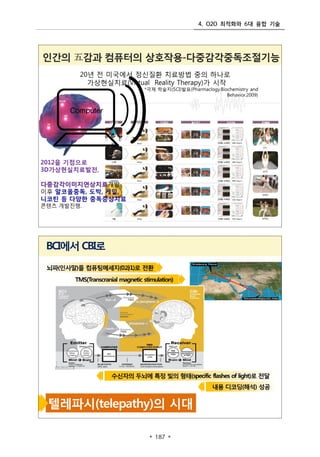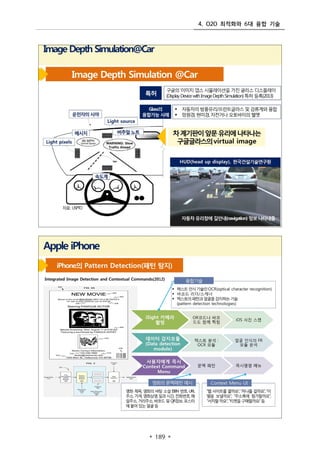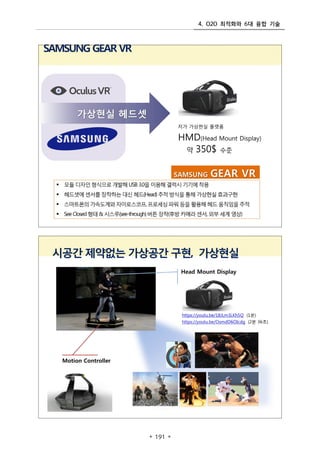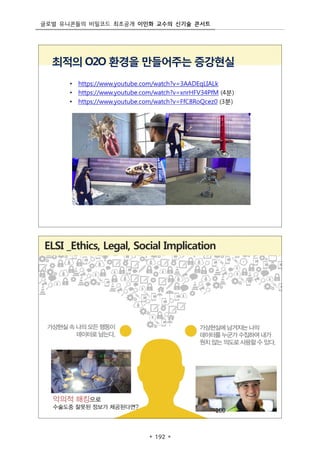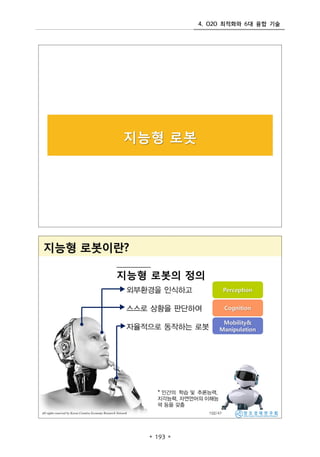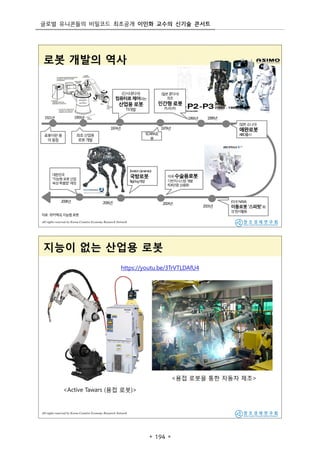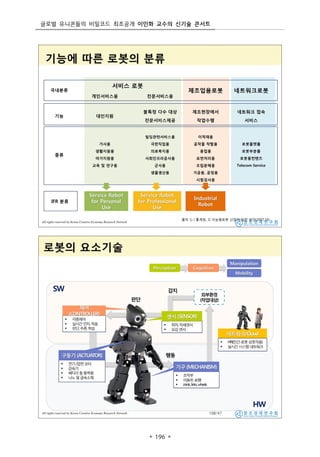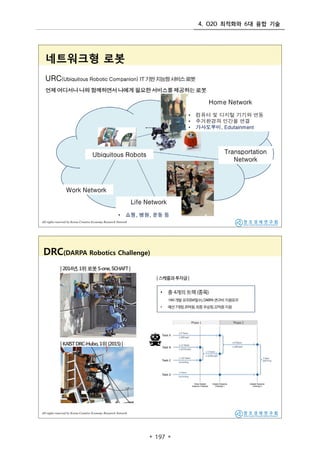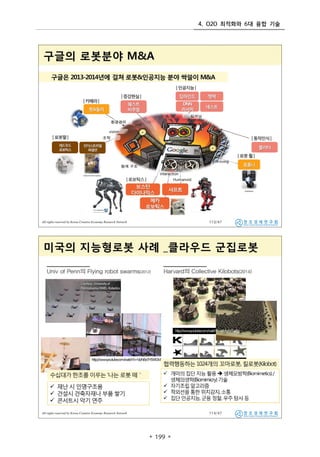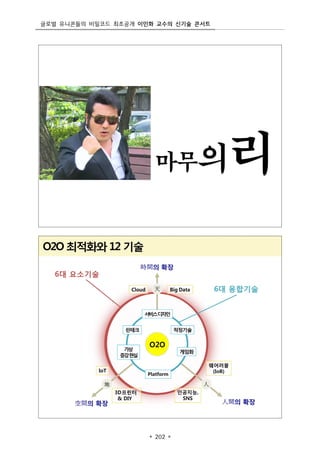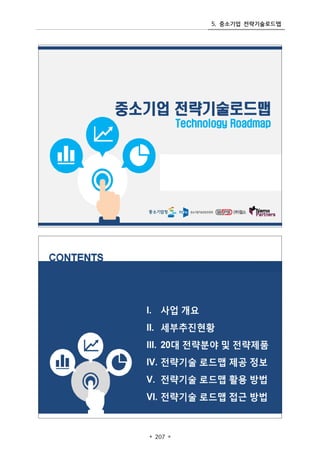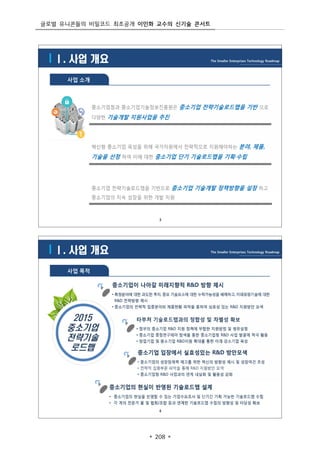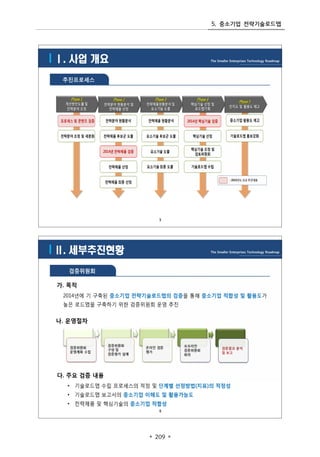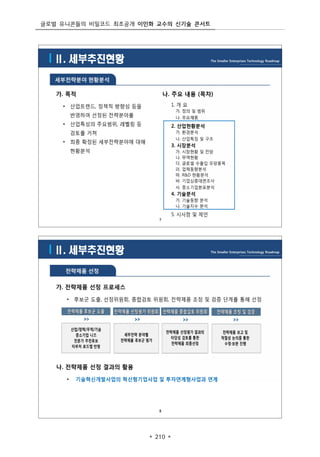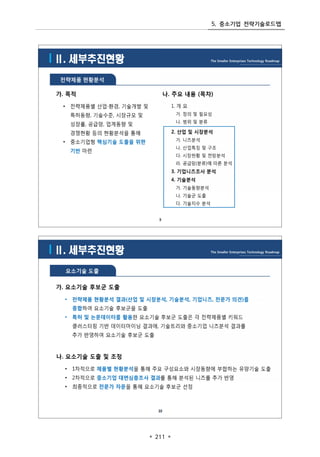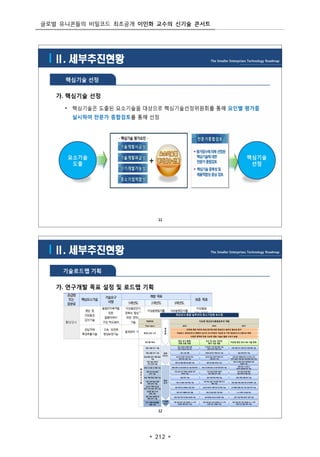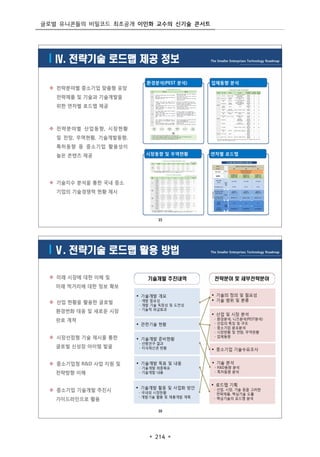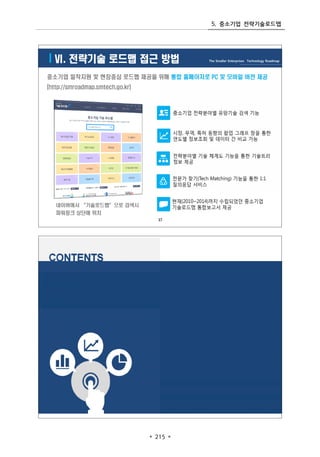??? ????? ???? ???? ??? ??? ??? ??? 2
- 3. ??? ??? ? ??? ??? ?? ? ?? ??? ??? ??? ??? ????? ?? ???? ?? O2O(Online to Offline), 3D ???, IoT(?? ???), ????, ????(Big Data), ??Īż????, ????, ?? ???, ??? ??, ???, ???, ??? ??? ,????, ??? ?? ?? ???? ??? ??? ??? ?? ????? ???? ??? ? ?? ??? ?? ? ?? ???? ?? ???? ??? ?? ? ??? ??? ??? ?? ? ?? ??(Meta) ????? ??? ?? ??? ?? ???? ???? ???, ?? ???? ??? ????? ??? ??? ??? ?? ???? ?? ??? ????, ??? ??? ?? ? ???? ?? ? ??? ??? ??? ?? ??(domain knowledge)? ??? ?? ??(technology set)? ??? ?? ? ?Īż?? ??? ?? ??? ??? ?? ? ?? ??? ??????? ? ? ?? ??? ???Īż?? ??? ?? ??? ???? ????? ??? ??? ??? ?? ? ?? ???? ?????? ???? ????? ??? ??? ??? ?? ? ????? ?? ???? ?? ?? ?? ? ?? ?? ??? ?? ??? ?? ?? ???
- 5. ? ? 1. ??? ??? ĪżĪżĪżĪżĪżĪżĪżĪżĪżĪżĪżĪżĪżĪżĪżĪżĪżĪżĪżĪżĪżĪżĪżĪżĪżĪżĪżĪżĪżĪżĪżĪżĪżĪżĪżĪżĪżĪżĪżĪżĪżĪżĪżĪżĪżĪżĪżĪżĪżĪżĪżĪżĪżĪżĪżĪżĪżĪżĪżĪżĪżĪżĪżĪżĪżĪżĪż1 2. Online to Offline ĪżĪżĪżĪżĪżĪżĪżĪżĪżĪżĪżĪżĪżĪżĪżĪżĪżĪżĪżĪżĪżĪżĪżĪżĪżĪżĪżĪżĪżĪżĪżĪżĪżĪżĪżĪżĪżĪżĪżĪżĪżĪżĪżĪżĪżĪżĪżĪżĪżĪżĪżĪżĪżĪżĪżĪżĪżĪżĪżĪż27 3. ??? ??? 6? ???? ĪżĪżĪżĪżĪżĪżĪżĪżĪżĪżĪżĪżĪżĪżĪżĪżĪżĪżĪżĪżĪżĪżĪżĪżĪżĪżĪżĪżĪżĪżĪżĪżĪżĪżĪżĪżĪżĪż71 4. O2O ???? 6? ?? ?? ĪżĪżĪżĪżĪżĪżĪżĪżĪżĪżĪżĪżĪżĪżĪżĪżĪżĪżĪżĪżĪżĪżĪżĪżĪżĪżĪżĪżĪżĪżĪżĪżĪż141 5. ???? ??????? ĪżĪżĪżĪżĪżĪżĪżĪżĪżĪżĪżĪżĪżĪżĪżĪżĪżĪżĪżĪżĪżĪżĪżĪżĪżĪżĪżĪżĪżĪżĪżĪżĪżĪżĪżĪżĪżĪżĪżĪżĪżĪżĪżĪż205
- 7. ? 1 ? 1. ??? ???
- 9. 1. ??? ??? ? 3 ?
- 10. ??? ????? ???? ???? ??? ??? ??? ??? ? 4 ?
- 11. 1. ??? ??? ? 5 ?
- 12. ??? ????? ???? ???? ??? ??? ??? ??? ? 6 ?
- 13. 1. ??? ??? ? 7 ?
- 14. ??? ????? ???? ???? ??? ??? ??? ??? ? 8 ?
- 15. 1. ??? ??? ? 9 ?
- 16. ??? ????? ???? ???? ??? ??? ??? ??? ? 10 ?
- 17. 1. ??? ??? ? 11 ?
- 18. ??? ????? ???? ???? ??? ??? ??? ??? ? 12 ?
- 19. 1. ??? ??? ? 13 ?
- 20. ??? ????? ???? ???? ??? ??? ??? ??? ? 14 ?
- 21. 1. ??? ??? ? 15 ?
- 22. ??? ????? ???? ???? ??? ??? ??? ??? ? 16 ?
- 23. 1. ??? ??? ? 17 ?
- 24. ??? ????? ???? ???? ??? ??? ??? ??? ? 18 ?
- 25. 1. ??? ??? ? 19 ?
- 26. ??? ????? ???? ???? ??? ??? ??? ??? ? 20 ?
- 27. 1. ??? ??? ? 21 ?
- 28. ??? ????? ???? ???? ??? ??? ??? ??? ? 22 ?
- 29. 1. ??? ??? ? 23 ?
- 30. ??? ????? ???? ???? ??? ??? ??? ??? ? 24 ?
- 31. 1. ??? ??? ? 25 ?
- 33. ? 27 ? 2. Online to Offline
- 35. 2. Online to Offline ? 29 ?
- 36. ??? ????? ???? ???? ??? ??? ??? ??? ? 30 ?
- 37. 2. Online to Offline ? 31 ?
- 38. ??? ????? ???? ???? ??? ??? ??? ??? ? 32 ?
- 39. 2. Online to Offline ? 33 ?
- 40. ??? ????? ???? ???? ??? ??? ??? ??? ? 34 ?
- 41. 2. Online to Offline ? 35 ?
- 42. ??? ????? ???? ???? ??? ??? ??? ??? ? 36 ?
- 43. 2. Online to Offline ? 37 ?
- 44. ??? ????? ???? ???? ??? ??? ??? ??? ? 38 ?
- 45. 2. Online to Offline ? 39 ?
- 46. ??? ????? ???? ???? ??? ??? ??? ??? ? 40 ?
- 47. 2. Online to Offline ? 41 ?
- 48. ??? ????? ???? ???? ??? ??? ??? ??? ? 42 ?
- 49. 2. Online to Offline ? 43 ?
- 50. ??? ????? ???? ???? ??? ??? ??? ??? ? 44 ?
- 51. 2. Online to Offline ? 45 ?
- 52. ??? ????? ???? ???? ??? ??? ??? ??? ? 46 ?
- 53. 2. Online to Offline ? 47 ?
- 54. ??? ????? ???? ???? ??? ??? ??? ??? ? 48 ?
- 55. 2. Online to Offline ? 49 ?
- 56. ??? ????? ???? ???? ??? ??? ??? ??? ? 50 ?
- 57. 2. Online to Offline ? 51 ?
- 58. ??? ????? ???? ???? ??? ??? ??? ??? ? 52 ?
- 59. 2. Online to Offline ? 53 ?
- 60. ??? ????? ???? ???? ??? ??? ??? ??? ? 54 ?
- 61. 2. Online to Offline ? 55 ?
- 62. ??? ????? ???? ???? ??? ??? ??? ??? ? 56 ?
- 63. 2. Online to Offline ? 57 ?
- 64. ??? ????? ???? ???? ??? ??? ??? ??? ? 58 ?
- 65. 2. Online to Offline ? 59 ?
- 66. ??? ????? ???? ???? ??? ??? ??? ??? ? 60 ?
- 67. 2. Online to Offline ? 61 ?
- 68. ??? ????? ???? ???? ??? ??? ??? ??? ? 62 ?
- 69. 2. Online to Offline ? 63 ?
- 70. ??? ????? ???? ???? ??? ??? ??? ??? ? 64 ?
- 71. 2. Online to Offline ? 65 ?
- 72. ??? ????? ???? ???? ??? ??? ??? ??? ? 66 ?
- 73. 2. Online to Offline ? 67 ?
- 74. ??? ????? ???? ???? ??? ??? ??? ??? ? 68 ?
- 75. 2. Online to Offline ? 69 ?
- 76. ??? ????? ???? ???? ??? ??? ??? ??? ? 70 ?
- 77. ? 71 ? 3. ??? ??? 6? ????
- 79. 3. ??? ??? 6? ???? ? 73 ?
- 80. ??? ????? ???? ???? ??? ??? ??? ??? ? 74 ?
- 81. 3. ??? ??? 6? ???? ? 75 ?
- 82. ??? ????? ???? ???? ??? ??? ??? ??? ? 76 ?
- 83. 3. ??? ??? 6? ???? ? 77 ?
- 84. ??? ????? ???? ???? ??? ??? ??? ??? ? 78 ?
- 85. 3. ??? ??? 6? ???? ? 79 ?
- 86. ??? ????? ???? ???? ??? ??? ??? ??? ? 80 ?
- 87. 3. ??? ??? 6? ???? ? 81 ?
- 88. ??? ????? ???? ???? ??? ??? ??? ??? ? 82 ?
- 89. 3. ??? ??? 6? ???? ? 83 ?
- 90. ??? ????? ???? ???? ??? ??? ??? ??? ? 84 ?
- 91. 3. ??? ??? 6? ???? ? 85 ?
- 92. ??? ????? ???? ???? ??? ??? ??? ??? ? 86 ?
- 93. 3. ??? ??? 6? ???? ? 87 ?
- 94. ??? ????? ???? ???? ??? ??? ??? ??? ? 88 ?
- 95. 3. ??? ??? 6? ???? ? 89 ?
- 96. ??? ????? ???? ???? ??? ??? ??? ??? ? 90 ?
- 97. 3. ??? ??? 6? ???? ? 91 ?
- 98. ??? ????? ???? ???? ??? ??? ??? ??? ? 92 ?
- 99. 3. ??? ??? 6? ???? ? 93 ?
- 100. ??? ????? ???? ???? ??? ??? ??? ??? ? 94 ?
- 101. 3. ??? ??? 6? ???? ? 95 ?
- 102. ??? ????? ???? ???? ??? ??? ??? ??? ? 96 ?
- 103. 3. ??? ??? 6? ???? ? 97 ?
- 104. ??? ????? ???? ???? ??? ??? ??? ??? ? 98 ?
- 105. 3. ??? ??? 6? ???? ? 99 ?
- 106. ??? ????? ???? ???? ??? ??? ??? ??? ? 100 ?
- 107. 3. ??? ??? 6? ???? ? 101 ?
- 108. ??? ????? ???? ???? ??? ??? ??? ??? ? 102 ?
- 109. 3. ??? ??? 6? ???? ? 103 ?
- 110. ??? ????? ???? ???? ??? ??? ??? ??? ? 104 ?
- 111. 3. ??? ??? 6? ???? ? 105 ?
- 112. ??? ????? ???? ???? ??? ??? ??? ??? ? 106 ?
- 113. 3. ??? ??? 6? ???? ? 107 ?
- 114. ??? ????? ???? ???? ??? ??? ??? ??? ? 108 ?
- 115. 3. ??? ??? 6? ???? ? 109 ?
- 116. ??? ????? ???? ???? ??? ??? ??? ??? ? 110 ?
- 117. 3. ??? ??? 6? ???? ? 111 ?
- 118. ??? ????? ???? ???? ??? ??? ??? ??? ? 112 ?
- 119. 3. ??? ??? 6? ???? ? 113 ?
- 120. ??? ????? ???? ???? ??? ??? ??? ??? ? 114 ?
- 121. 3. ??? ??? 6? ???? ? 115 ?
- 122. ??? ????? ???? ???? ??? ??? ??? ??? ? 116 ?
- 123. 3. ??? ??? 6? ???? ? 117 ?
- 124. ??? ????? ???? ???? ??? ??? ??? ??? ? 118 ?
- 125. 3. ??? ??? 6? ???? ? 119 ?
- 126. ??? ????? ???? ???? ??? ??? ??? ??? ? 120 ?
- 127. 3. ??? ??? 6? ???? ? 121 ?
- 128. ??? ????? ???? ???? ??? ??? ??? ??? ? 122 ?
- 129. 3. ??? ??? 6? ???? ? 123 ?
- 130. ??? ????? ???? ???? ??? ??? ??? ??? ? 124 ?
- 131. 3. ??? ??? 6? ???? ? 125 ?
- 132. ??? ????? ???? ???? ??? ??? ??? ??? ? 126 ?
- 133. 3. ??? ??? 6? ???? ? 127 ?
- 134. ??? ????? ???? ???? ??? ??? ??? ??? ? 128 ?
- 135. 3. ??? ??? 6? ???? ? 129 ?
- 136. ??? ????? ???? ???? ??? ??? ??? ??? ? 130 ?
- 137. 3. ??? ??? 6? ???? ? 131 ?
- 138. ??? ????? ???? ???? ??? ??? ??? ??? ? 132 ?
- 139. 3. ??? ??? 6? ???? ? 133 ?
- 140. ??? ????? ???? ???? ??? ??? ??? ??? ? 134 ?
- 141. 3. ??? ??? 6? ???? ? 135 ?
- 142. ??? ????? ???? ???? ??? ??? ??? ??? ? 136 ?
- 143. 3. ??? ??? 6? ???? ? 137 ?
- 144. ??? ????? ???? ???? ??? ??? ??? ??? ? 138 ?
- 145. 3. ??? ??? 6? ???? ? 139 ?
- 146. ??? ????? ???? ???? ??? ??? ??? ??? ? 140 ?
- 147. ? 141 ? 4. O2O ???? 6? ?? ??
- 149. 4. O2O ???? 6? ?? ?? ? 143 ?
- 150. ??? ????? ???? ???? ??? ??? ??? ??? ? 144 ?
- 151. 4. O2O ???? 6? ?? ?? ? 145 ?
- 152. ??? ????? ???? ???? ??? ??? ??? ??? ? 146 ?
- 153. 4. O2O ???? 6? ?? ?? ? 147 ?
- 154. ??? ????? ???? ???? ??? ??? ??? ??? ? 148 ?
- 155. 4. O2O ???? 6? ?? ?? ? 149 ?
- 156. ??? ????? ???? ???? ??? ??? ??? ??? ? 150 ?
- 157. 4. O2O ???? 6? ?? ?? ? 151 ?
- 158. ??? ????? ???? ???? ??? ??? ??? ??? ? 152 ?
- 159. 4. O2O ???? 6? ?? ?? ? 153 ?
- 160. ??? ????? ???? ???? ??? ??? ??? ??? ? 154 ?
- 161. 4. O2O ???? 6? ?? ?? ? 155 ?
- 162. ??? ????? ???? ???? ??? ??? ??? ??? ? 156 ?
- 163. 4. O2O ???? 6? ?? ?? ? 157 ?
- 164. ??? ????? ???? ???? ??? ??? ??? ??? ? 158 ?
- 165. 4. O2O ???? 6? ?? ?? ? 159 ?
- 166. ??? ????? ???? ???? ??? ??? ??? ??? ? 160 ?
- 167. 4. O2O ???? 6? ?? ?? ? 161 ?
- 168. ??? ????? ???? ???? ??? ??? ??? ??? ? 162 ?
- 169. 4. O2O ???? 6? ?? ?? ? 163 ?
- 170. ??? ????? ???? ???? ??? ??? ??? ??? ? 164 ?
- 171. 4. O2O ???? 6? ?? ?? ? 165 ?
- 172. ??? ????? ???? ???? ??? ??? ??? ??? ? 166 ?
- 173. 4. O2O ???? 6? ?? ?? ? 167 ?
- 174. ??? ????? ???? ???? ??? ??? ??? ??? ? 168 ?
- 175. 4. O2O ???? 6? ?? ?? ? 169 ?
- 176. ??? ????? ???? ???? ??? ??? ??? ??? ? 170 ?
- 177. 4. O2O ???? 6? ?? ?? ? 171 ?
- 178. ??? ????? ???? ???? ??? ??? ??? ??? ? 172 ?
- 179. 4. O2O ???? 6? ?? ?? ? 173 ?
- 180. ??? ????? ???? ???? ??? ??? ??? ??? ? 174 ?
- 181. 4. O2O ???? 6? ?? ?? ? 175 ?
- 182. ??? ????? ???? ???? ??? ??? ??? ??? ? 176 ?
- 183. 4. O2O ???? 6? ?? ?? ? 177 ?
- 184. ??? ????? ???? ???? ??? ??? ??? ??? ? 178 ?
- 185. 4. O2O ???? 6? ?? ?? ? 179 ?
- 186. ??? ????? ???? ???? ??? ??? ??? ??? ? 180 ?
- 187. 4. O2O ???? 6? ?? ?? ? 181 ?
- 188. ??? ????? ???? ???? ??? ??? ??? ??? ? 182 ?
- 189. 4. O2O ???? 6? ?? ?? ? 183 ?
- 190. ??? ????? ???? ???? ??? ??? ??? ??? ? 184 ?
- 191. 4. O2O ???? 6? ?? ?? ? 185 ?
- 192. ??? ????? ???? ???? ??? ??? ??? ??? ? 186 ?
- 193. 4. O2O ???? 6? ?? ?? ? 187 ?
- 194. ??? ????? ???? ???? ??? ??? ??? ??? ? 188 ?
- 195. 4. O2O ???? 6? ?? ?? ? 189 ?
- 196. ??? ????? ???? ???? ??? ??? ??? ??? ? 190 ?
- 197. 4. O2O ???? 6? ?? ?? ? 191 ?
- 198. ??? ????? ???? ???? ??? ??? ??? ??? ? 192 ?
- 199. 4. O2O ???? 6? ?? ?? ? 193 ?
- 200. ??? ????? ???? ???? ??? ??? ??? ??? ? 194 ?
- 201. 4. O2O ???? 6? ?? ?? ? 195 ?
- 202. ??? ????? ???? ???? ??? ??? ??? ??? ? 196 ?
- 203. 4. O2O ???? 6? ?? ?? ? 197 ?
- 204. ??? ????? ???? ???? ??? ??? ??? ??? ? 198 ?
- 205. 4. O2O ???? 6? ?? ?? ? 199 ?
- 206. ??? ????? ???? ???? ??? ??? ??? ??? ? 200 ?
- 207. 4. O2O ???? 6? ?? ?? ? 201 ?
- 208. ??? ????? ???? ???? ??? ??? ??? ??? ? 202 ?
- 209. 4. O2O ???? 6? ?? ?? ? 203 ?
- 211. ? 205 ? 5. ???? ???????
- 213. 5. ???? ??????? ? 207 ?
- 214. ??? ????? ???? ???? ??? ??? ??? ??? ? 208 ?
- 215. 5. ???? ??????? ? 209 ?
- 216. ??? ????? ???? ???? ??? ??? ??? ??? ? 210 ?
- 217. 5. ???? ??????? ? 211 ?
- 218. ??? ????? ???? ???? ??? ??? ??? ??? ? 212 ?
- 219. 5. ???? ??????? ? 213 ?
- 220. ??? ????? ???? ???? ??? ??? ??? ??? ? 214 ?
- 221. 5. ???? ??????? ? 215 ?
- 222. MEMO...
- 223. MEMO...
- 224. MEMO...
- 225. MEMO...
